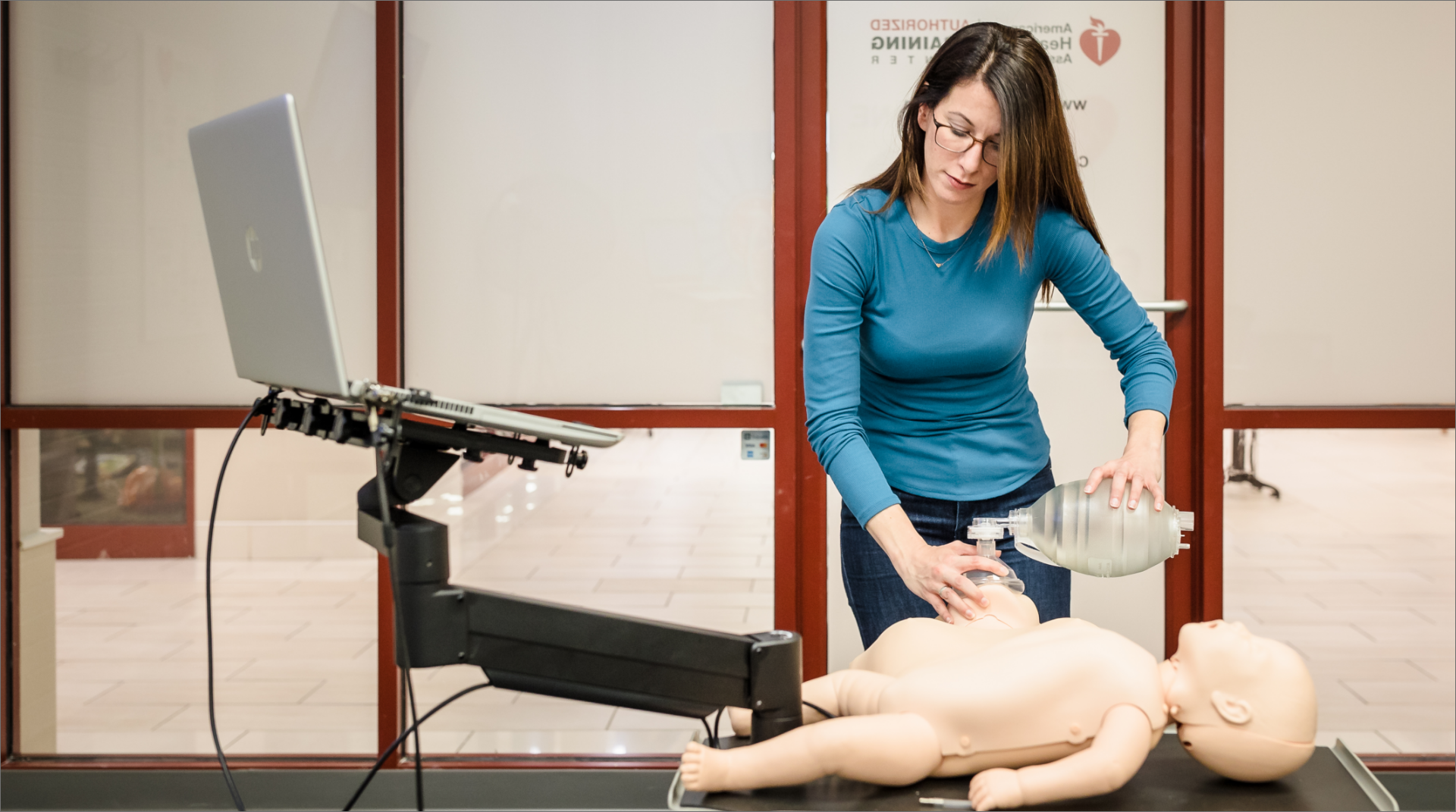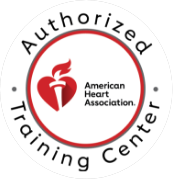

CPR Resource Center
The most comprehensive library of emergency training resources — including videos, articles, downloads, and more.


The most comprehensive library of emergency training resources — including videos, articles, downloads, and more.
When lives are at stake, high-quality emergency care training can make a difference! Cardiac arrest is an equal opportunity killer and can strike seemingly healthy individuals of any age, race, ethnicity, or gender at any time in any location, often without warning. Cardiac arrest is the third leading cause of death in the United States, following cancer and heart disease.
The time between the collapse of the victim and provision of care is fundamental. Shortening this time is one of the best ways to reduce the risk of death and disability from cardiac arrest. Performing immediate CPR, particularly when combined with the use of an automated external defibrillator or AED can double or triple a person’s chances of surviving. Many organizations such as the American Heart Association, the American Red Cross and others have developed a variety of training programs and advocate for widespread training in virtually every setting including communities, workplaces and healthcare institutions as a means to improve outcomes.
As a result, millions of lay rescuers and healthcare providers are trained in CPR each year through standardized training programs. Those programs are delivered by authorized instructors and those trained become proud “card carrying members” of the CPR community. But it isn’t the certifications that do the actual lifesaving. It is people who have actually learned the skills and are willing to help. Many businesses require a certain number of employees to be trained to comply with industry standards and regulations, and the vast majority of healthcare institutions require their clinical staff to have certification.
Regretfully, compliance and certification does not always lead to competency, and there is a big difference.
Remember, the goal is to develop proficient skills in CPR or competency, not a card in a wallet. Somehow, due to blameless circumstances most seem more interested in the card than they are in developing the skills needed to save the life of another.
Training is delivered through vast networks of individuals, businesses and organizations. However, because they offer training, it does not mean that the training is of high quality, even if they all result in the same card or certification. In fact, there is great variability in course length, course content and overall quality despite efforts to standardize the programs. Because of this variability, it can be very difficult to determine where to find a high-quality course. Remember, the goal of training is to develop essential skills and help increase the comfort and confidence level of those trained.
There are countless agencies and individuals who offer training. In fact, a query “where can I find CPR training” on Google yielded well over 76 million results. Interestingly, a number of websites claim to provide online training, including CPR training that is “widely recognized” even though the organizations are independently owned and approved by fictitious approval bodies established for the sole purposes of getting you to buy-in to their product. These sites often claim to offer online training with no hands-on skills assessment, baited with instant electronic course cards that are available upon completion of the online training by printing from your own computer.
There are advantages to selecting training agencies that not only offer certification from well recognized national organizations, but can also articulate how they aim to meet or exceed the standards established by those certifying bodies such as the American Heart Association, American Red Cross, the Health and Safety Institute and the National Safety Council. By asking these questions, you can better qualify your training options and the chances that you will select a provider of quality training.
The answers to these questions can help you identify a provider of high-quality emergency care certification. Remember, just because a company offers training, it does not mean that the training is of high quality, even if it results in the same card or certification. In fact, there is great variability in course length, course content and overall quality despite efforts to standardize the programs. Clearly there is more to the selection process than the type of certification offered or the price of training!
At Code One, our commitment is to provide high-quality instruction, premium products at an affordable price with exceptional customer service. We reduce your risk and overall cost through convenience, consistency and quality management processes to ensure that all existing standards are exceeded.
CPR Cards Don’t Save People.
Competent and Willing People Do!
We hope this helps you in identifying a provider of high-quality training that is delivered in a consistent, convenient and responsible manner. Please contact us, ask critical questions and learn how we have designed and implemented innovative and adaptive strategies that incorporate industry standard blended learning programs designed by the American Heart Association combined with high-tech training and testing manikin systems that help our students learn lifesaving skills and verify competency.
Help Me Find a Course